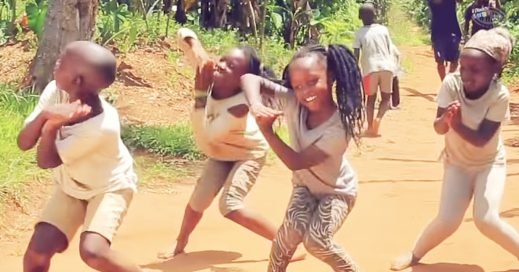Dance Qi
I had a double dose of dance this past weekend and am still feeling the good energy. First, I took the plunge and tried a local Zumba class. I had some fear about returning to dance after a more than 15-year hiatus due to debilitating foot injuries, but thanks to the teacher who kept things relaxed and moderately paced, I was fine. It was fun to move to music again and, happily, Qigong has helped make my joints and muscles strong and flexible enough that I could do those flashy Zumba moves pain free! Then, Saturday night, we saw Ronald K Brown’s dance company “Evidence” perform. Brown’s choreography is a brilliant intermingling of indigenous African and contemporary dance. As I watched the dancers perform (and like most life-long dancers, “moved” along with them in my seat) I was struck by how much the movements of their arms, shoulders, and backs, reminded me of what we do in our Qigong classes.
African and Chinese indigenous dance, such as we practice each time we do the Qigong Animal Frolics, evolved continents apart yet hold many similarities. Both evolved from a connection to nature and a desire to heal and benefit from that connection. By mimicking flowing water, the cautious sensitivity of a deer, or the resilient power of the tiger, the dancer cultivates those qualities in him or herself. Both African dance and Qigong dance/movements are grounded. Movements are generated from the center of the body. The hips move, the spine flexes, extends, and curves into spirals. Energy flows out from the center, rippling through the shoulders, arms, and hands. Each time we do Qigong, we are dancing with nature! That’s one reason why it’s fun, relaxed, and feels so great. That’s also why, as my experience continues to prove and I hope yours will too, Qigong melts those old injuries right out of our bodies.

